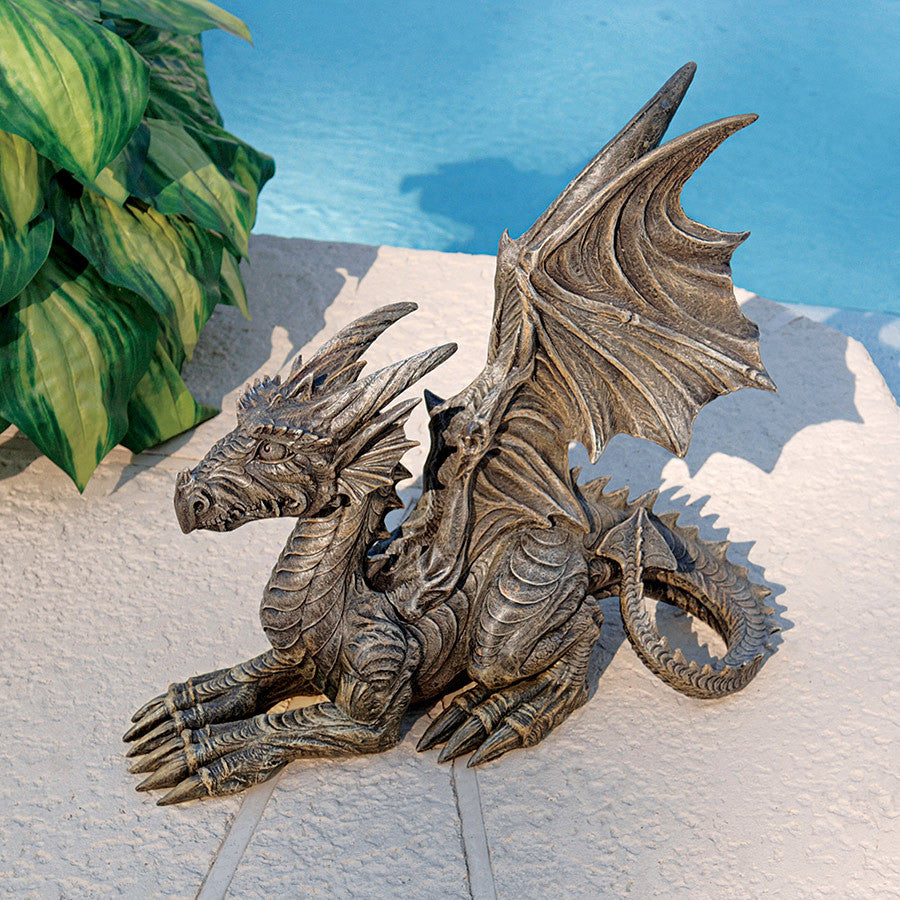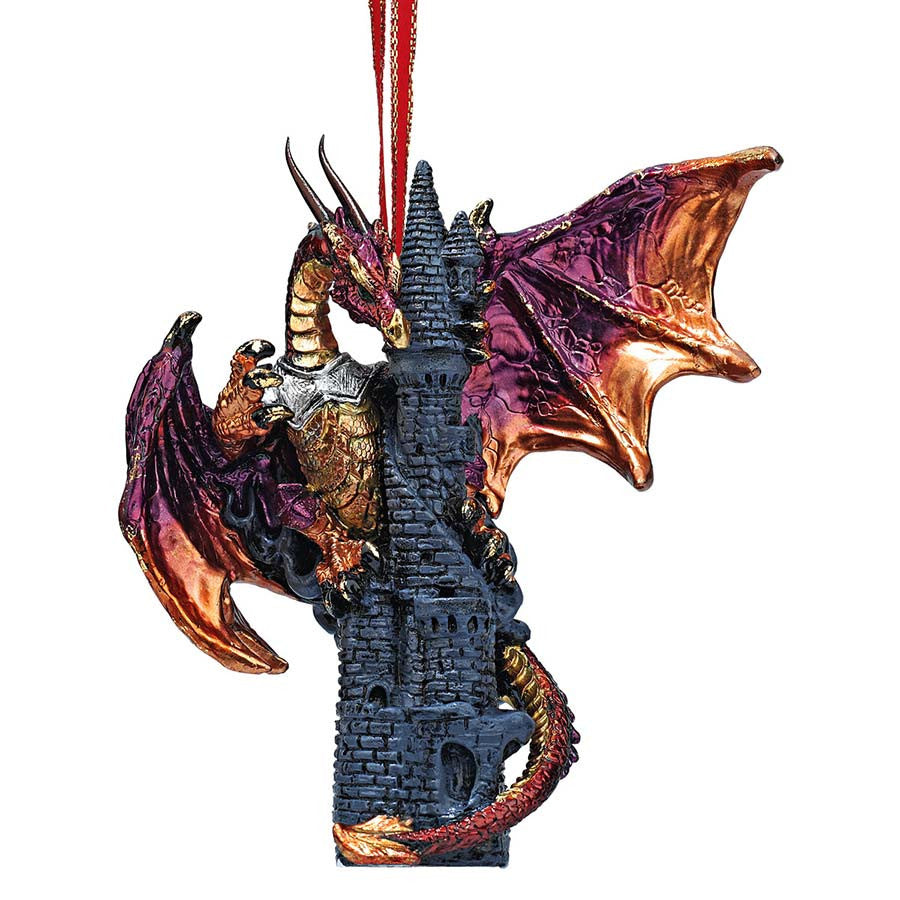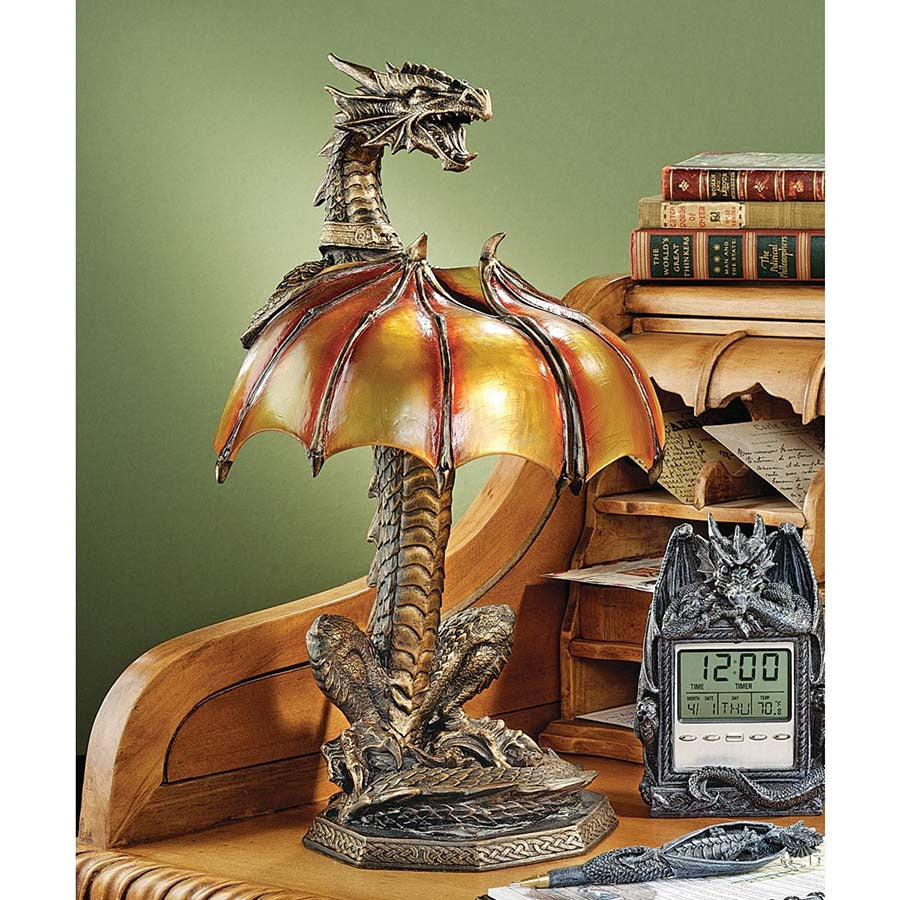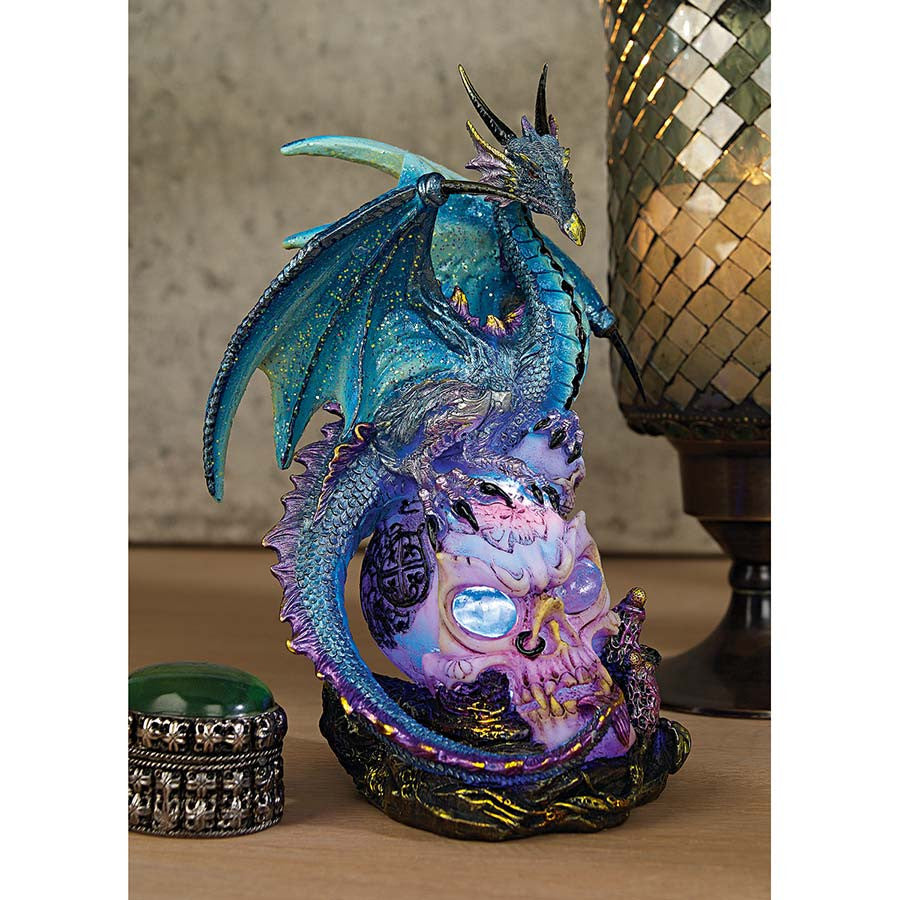Introduction to Dragons and Their Involvement in Art
The dragon is widely regarded as the most emblematic and recognizable image within the realm of fantasy art. For countless centuries, this awe-inspiring dragon's history has captivated the imaginations of painters, writers, and storytellers with its remarkable power, age, and aesthetic allure.
However, a significant portion of individuals may lack knowledge regarding the origins of this remarkable creature. Consequently, this concise historical account is hereby presented in order to elucidate the chronicle of this legendary entity that has captivated our collective imagination for an extensive duration.
Dragon Mythology
The mythology surrounding ancient dragon art has existed since ancient times, prompting inquiry into its origins. The emergence of the concept of dragons (as well as other mythological creatures) throughout various cultures is readily apparent.
It is plausible that the early civilizations around 8000 BC, who engaged in mining for valuable metals and quarrying stone for construction purposes, may have encountered petrified remnants of dinosaurs and prehistoric creatures, similar to our contemporary discoveries.
Given a comprehensive knowledge of animal anatomy, individuals would find it very straightforward to assemble the many components of these organisms and envision their physical characteristics. However, it is important to note that these individuals may lack an understanding of the fact that the animals in question have become extinct.
Legends would be constructed surrounding these extraordinary, colossal, enigmatic creatures, giving rise to the mythology of colossal reptiles.

Depiction of a dragon through the medium of painting
Dragons from different cultures have long served as a prominent symbol of profound spirituality. Throughout history, the depiction of its image has been represented in a multitude of artworks, spanning from ancient times to the present. Chinese dragon statues hold significance, particularly within the realm of numerous celebrated paintings.
The artists of the Song dynasty had a notable proficiency in the depiction of dragons, portraying them as vibrant and lifelike creatures. The utilization of dragons as a means for the Chinese nation to express their emotions rapidly emerged. The depiction of dragons in paintings afforded artists a means to convey their conceptual and spiritual aspirations, as well as their emotional and sentimental inclinations.
Chen Rong is widely regarded as an eminent figure in the realm of dragon painting, recognized for his exceptional artistic prowess. His portfolio encompasses a collection of remarkable and captivating dragon artworks, which currently reside within the esteemed confines of the Museum of Fine Art in Boston.

Ancient Dragons
Ancient Indian textual references in the history of dragons, such as the Rig Veda, which is considered one of the earliest extant writings dating back to approximately 1500 BCE, depict the formidable dragon Vrtra, whose demise at the hands of the deity Indra facilitated the liberation of celestial waters onto the terrestrial realm.
Within the context of Mesopotamian mythology, a significant narrative unfolds as the deity Marduk engages in a formidable struggle against the formidable dragon Tiamat, with the ultimate objective of establishing dominion over the human race. In the Zoroastrian religion of Iran, dragons were referred to as "azi" or "serpents" and held significant positions in religious texts, primarily depicted as malevolent beings capable of devouring horses and humans. These animals were associated with the flow of poisonous substances, reaching the height of a spear.
Symbolism of Dragon Statues
The subject of inquiry pertains to dragon statues. Dragon statues, which have been held in high regard in mythological narratives as representations of fortitude, bravery, and authority, have been highly coveted adornments in residential, botanical, and professional settings for an extensive span of time. Throughout various historical periods, ranging from ancient China to modern Europe, mythological creatures have consistently fascinated individuals from diverse backgrounds and have been embraced as personal symbols representing safeguarding and wealth.
Dragon statues exhibit a remarkable degree of versatility, as they are available in a diverse array of forms and sizes, rendering them highly suitable for various home decoration endeavors. The fusion of history and mythology in Australia gives rise to dragon statues that hold great cultural significance. Dragons held significant cultural significance in ancient China, serving as potent emblems of authority and safeguarding the populace against malevolent supernatural forces. Consequently, they were strategically positioned in close proximity to gates and temples.

Correlation of the Dragon with the Divine
The dragon's correlation with divine attributes and its perceived ability to bestow fortune and protect against misfortune have led to the extensive utilization of dragon sculptures as ornamental objects in residential and commercial settings across the nation.
In the cultural context of Japan, dragons are perceived in a predominantly favorable light, serving as potent embodiments of knowledge and guardianship. These entities are portrayed as possessing wings but lacking limbs, symbolizing a correlation between the celestial realm and the terrestrial domain.
Additionally, they frequently exhibit elaborate embellishments such as scales and floral motifs, which serve to represent various facets of the natural world. During the medieval era in Europe, dragons were commonly depicted as formidable animals, frequently portrayed as malevolent beasts who instilled fear and wreaked havoc upon rural areas.
Despite their negative connotations, dragons have maintained their popularity in Europe and have subsequently undergone a transformation, being portrayed as formidable guardians and emblems of resilience.
Medieval and Gothic eras
The dragon in Western civilization assumed its recognizable shape in bestiaries and mythology with the fall of the Roman Empire and the emergence of Christendom. The narrative of Adam and Eve in the Old Testament, together with the introduction of Satan in the guise of a serpent, captures the attention of medieval thinkers and sparks their imagination.
Throughout the course of nearly a millennium, the dragon has come to symbolize malevolence and has grown closely associated with demonic entities. Medieval knights employed the dragon motif on their shields and standards as a means to instill terror in their adversaries. Dragons frequently make appearances in the epics and love narratives of this era, where they are encountered and ultimately defeated by the morally upright protagonists of various folkloric, legendary, and religious traditions.

Art & Dragon
Dragon statues exhibit a diverse array of forms and designs, each possessing its own distinct significance in ancient dragon art. The conventional Chinese dragon sculpture is characterized by an elongated body supported by four limbs and adorned with a pair of wings. These sculptures are sometimes embellished with vibrant hues, such as gold or red, enhancing their enigmatic and aesthetically pleasing qualities.
Craftsmanship
The meticulous craftsmanship exhibited in these sculptures renders them highly coveted embellishments for residential and professional environments. In contrast, European-style dragon statues exhibit a greater adherence to realism, characterized by facial and bodily features that closely resemble those found in nature.
These statues typically possess enlarged wings and prominent horns atop their heads, imparting a more formidable and menacing aesthetic in comparison to alternative kinds of mythical dragon statues.
Attribution
In recent years, there has been a significant surge in the popularity of dragon statues in contemporary society. This phenomenon can be attributed to the growing association of these legendary beings with attributes such as strength and tenacity, particularly in the face of challenging circumstances.
Dragon statues are commonly selected by individuals to adorn their residences or workplaces, serving as a constant reminder of the significance of resilience and functioning as potent emblems of safeguarding.
Forms and structures
Mythical dragon statues, ranging from diminutive miniatures to more substantial pieces suitable for use as striking centerpieces, possess the capacity to impart a distinctive aesthetic to any given environment.
Furthermore, these statues are available in a diverse array of hues and finishes, thereby accommodating a wide range of individual preferences and styles.
The demand for dragon-themed stuff has witnessed a notable surge in popularity, leading to the emergence of many dragon-related products, such as garden or outdoor dragon statues.
These statuettes exhibit aesthetic appeal when juxtaposed with vegetation or positioned amidst water elements such as fountains or ponds, thus introducing an element of whimsy to any outdoor space.
Aesthetics
Dragon statues possess not only aesthetic allure but also the potential to bestow physical and spiritual advantages upon the family. The sculptures exhibit significant variation in terms of size and shape, rendering them suitable for placement in various corners or spaces.
Moreover, the inclusion of exquisite features in numerous sculptures relating to dragons history contributes to their ability to serve as visually captivating ornamental elements in any given location. In addition to their tangible advantages, dragons are widely regarded as potent symbols of safeguarding against malevolent forces and attracting auspicious fortune in domestic settings. Dragon statues, due to their profound cultural heritage and potent meaning, serve as a remarkable embellishment for any residential setting.
Explore our Collection of Dragon Statues and Sculptures.















